In California, a day’s drive can take a visitor from record-setting desert heat to glaciated peaks to temperate rainforests with the world’s tallest trees. This astounding climatic and landscape diversity has helped create a biodiversity hotspot. California is also an economic hotspot – the 6th largest economy in the world – and is home to nearly 40 million people. The demand for land for new development and farms, along with accelerating climate change, puts tremendous stress on ecosystems, and the benefits they provide.
The state’s legacy of conservation has created a network of natural and working lands that benefit people by supplying clean water, capturing carbon, and directly contributing to the state’s economic and cultural vitality through recreation, tourism, and agricultural production. Conservancy scientists work across the spectrum of ecosystem types and human land uses, to advance conservation goals that also contribute to the well-being of people in those places.
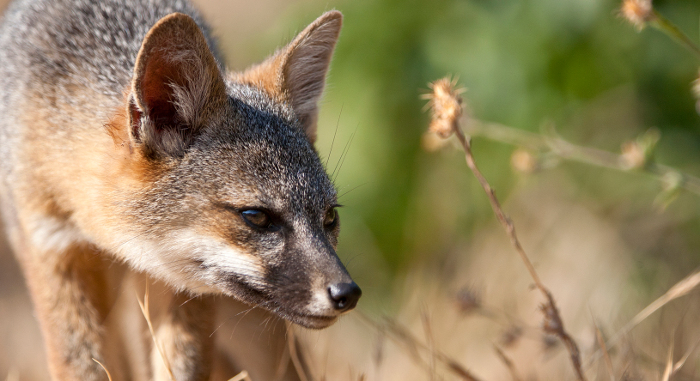
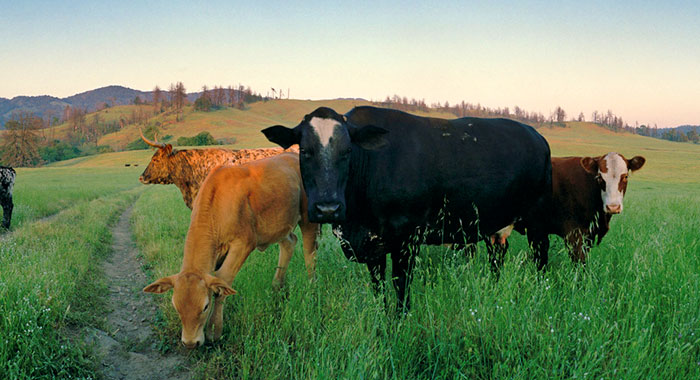
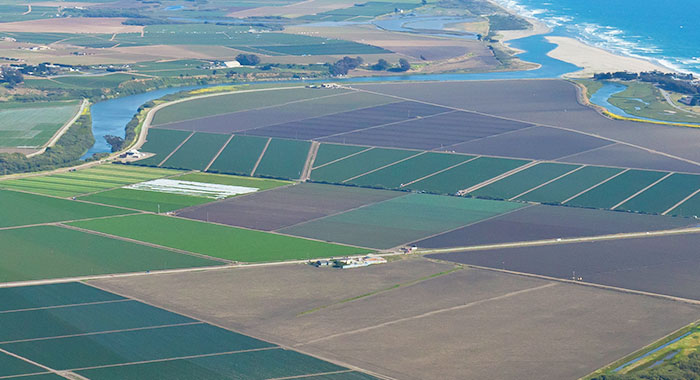

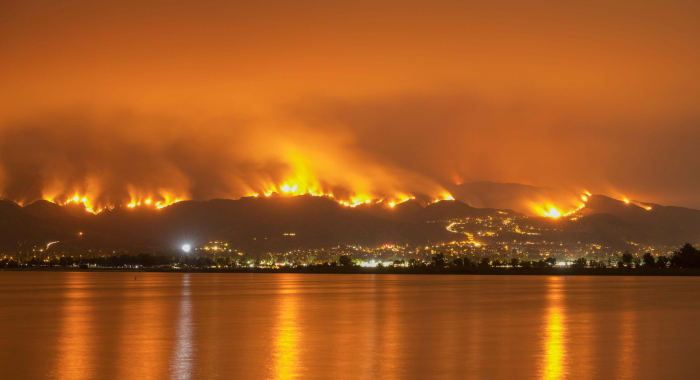
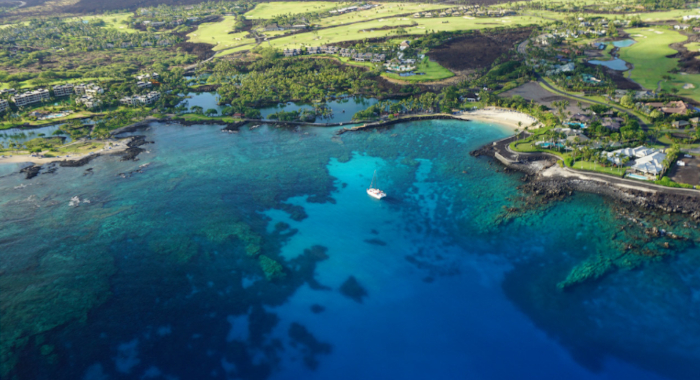
David C. Marvin, Dick Cameron, Erik Nelson, Andrew Plantinga, Justin Breck, Gokce Sencan, Michelle Passero
Ecosystems can increase carbon storage under alternative management techniques and land use patterns. But the magnitude, timing, and spatial heterogeneity is uncertain. Assessing the potential and…Van Butsic, Jennifer K. Carah, Matthias Baumann, Connor Stephens, Jacob C. Brenner
While cannabis cultivation in California is known to sometimes have serious collateral impacts on the environment, those impacts and their extent are not well understood or described. In this paper,…Nicholas D. Holmes, Olivier Langrand, Russell A. Mittermeier, Anthony B. Rylands, Thomas Brooks, Dena R. Spatz, James C. Russell, Wes Sechrest, Federico Méndez Sánchez, Cristina Mittermeier (Editor)
Covering only five percent of the land on our planet, islands are home to an estimated 20 percent of the world’s bird, reptile, and plant species, as well as the most astonishing examples of…Randall, J.M., K. McEachern, J. Knapp, P. Power, S. Junak, K. Gill, D. Knapp, M. Guilliams
Chris Elphick, T. Rodd Kelsey, Catherine Hickey, Khara Strum, Paul Buttner, Monica Iglecia
Wetland birds, especially Sandhill Cranes, are heavily dependent on irrigated farmlands in the Central Valley of California after widespread conversion of natural habitats. TNC and its partners have…Kristen Sesser, Monica Iglecia, Matthew Reiter, Khara Strum, Catherine Hickey, Rodd Kelsey, Daniel Skalos
Over 50% of waterbird habitat in the Central Valley of California is provided by flooded agricultural land. Each year non-breeding waterbird habitat decreases in the late winter as flooded…Holmes ND, Keitt BS, Spatz DR, Will DJ, Hein S, Russell JC, Genovesi P, Cowan PE, Tershy BR
Indicators for tracking conservation efforts at a global scale are rare but important tools for understanding trends and measuring progress towards global conservation targets. Eradication of invasive…Rodd Kelsey, Abby Hart, H. Scott Butterfield, Dan Vink
Restoring habitat in retired farmland could reduce water demand and provide ecosystem services for farmers and local communities. In some areas of California, as a result of the Sustainable…Walter N. Heady, Brian S. Cohen, Mary G. Gleason, Joshua N. Morris, Sarah G. Newkirk, Kirk R. Klausmeyer, Hilary R. Walecka, Elizabeth Gagneron
Sea level rise presents a new challenge to coastal conservation. The authors quantified and mapped the vulnerability of habitats, imperiled species, and conservation lands to sea level rise throughout…Chris Lortie, Alex Filazzola, Rodd Kelsey, Abigail Hart, Scott Butterfield
Over the past 100 years, California's Central Valley has undergone a massive transformation from desert to a mosaic of farmland and urban development. This transformation has also meant many…Annika T.H. Keeley, David D. Ackerly, Galli Basson, D. Richard Cameron, Lee Hannah, Nicole E. Heller, Patrick R. Huber, Patrick R. Roehrdanz, Carrie A. Schloss, James H. Thorne, Samuel Veloz, Adina M. Merenlender
L.E Flint, A.L. Flint, M.A. Stern, A. Myer, W. Silver, C.F. Casey, F. Franco, K. Byrd, B. Sleeter, P. Alvarez, J. Creque, T. Estrada, D. Cameron
Alex Leumer, Carrie Schloss, Cara Lacey
Plants and animals lack the ability to change their environment. As their current habitat becomes unsuitable due to climate change, they may search out new, more suitable habitat to adapt to changing…Wolf CA, Young HS, Zilliacus KM, Wegmann AS, McKown M, Holmes ND, Tershy BR, Dirzo R, Kropidlowski S, Croll DA
Prior to eradication in 2011, non-native invasive rats were known to be active seed predators on Palmyra Atoll, Central Pacific Ocean. This paper reports on native and non-native tree and palm…Matthew E. Reiter, Nathan K. Elliott, Dennis Jongsomjit, Gregory H. Golet, Mark D. Reynolds
In the Central Valley of California, with 90% of the historic wetlands gone, waterbirds depend upon managed wetlands and seasonally flooded agriculture to meet their habitat needs. The 2013-2015…Brian Cohen, Shona Ganguly, Sophie Parker, John Randall, Jill Sourial, and Lara Weatherly of The Nature Conservancy, Land IQ, Natural History Museum Los Angeles County, WRC Consulting Services Inc., Travis Longcore, University of Southern California, Connective Issue, Inc.
As a basic principle of ecological systems, a watershed’s hydrology determines the flow characteristics of its river system. These flows define what the biological characteristics of that…Mario B. Pesendorfer, Christopher M. Baker, Martin Stringer, Eve McDonald‐Madden, Michael Bode, A. Kathryn McEachern, Scott A. Morrison, T. Scott Sillett
A key aim of conservation is to restore ecological processes to degraded ecosystems. This study models how reintroducing an ecosystem engineer – the island scrub-jay, which is a highly efficient…Jill E. Spear, Erik K. Grijalva, Julia S. Michaels, Sophie S. Parker
This paper discusses the impact of urban-dwelling plants and animals on regional wildland populations, both within and across species. The authors reviewed the global conservation literature and…